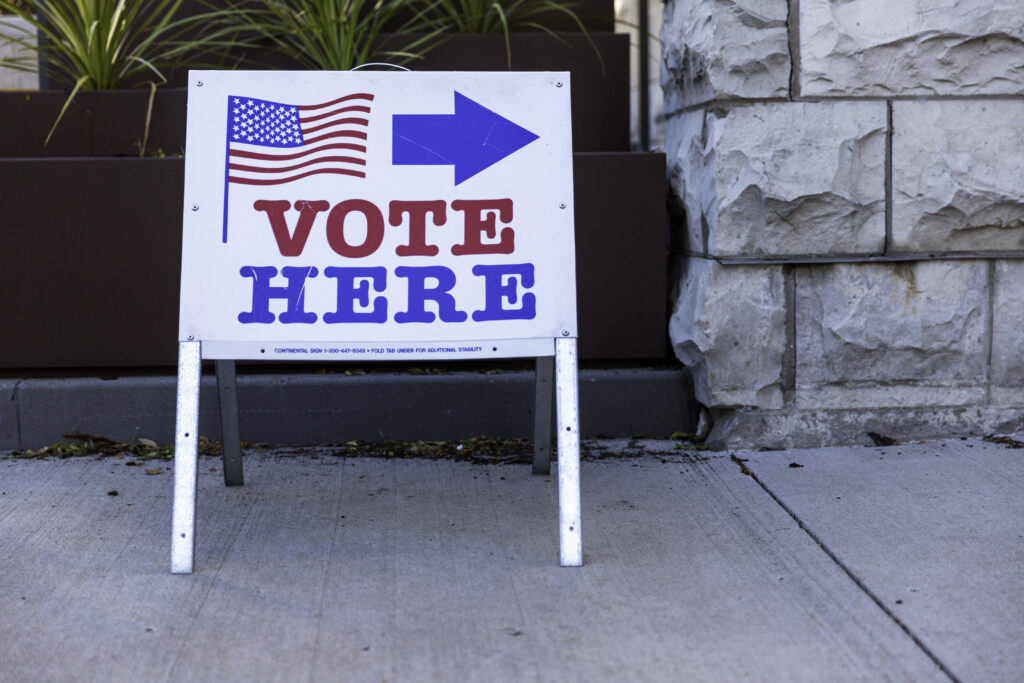Management of the Houston Independent School District (HISD) is now in state hands after a special accreditation investigation found district officials had violated a state open meeting law and had neglected academic achievement.
Officials at HISD, the seventh-largest public school district in the United States, with an enrollment of more than 200,000 students, violated the law in question by making decisions in nonpublic meetings and failing to improve student performance in academically failing schools.
Teachers unions and members of the HISD Board of Trustees, who were locally elected, oppose the state takeover, but the Texas Education Agency (TEA) is appointing a new superintendent and community board for the district.
Texas Education Commissioner Mike Morath, who heads the TEA, sent a letter to HISD Board of Trustees President Diana Davila and District Superintendent Grenita Lathan informing them TEA will appoint a board of managers to govern the district.
The letter described the decision as relating to “the results of the Special Accreditation Investigation, the lowered accreditation status, the unacceptable performance of a district campus, and the length of the conservator appointment.”
Big Districts, Big Problems
Historically, the largest school districts in the country do not produce successful outcomes and are often plagued by deficiencies, says Aaron Smith, director of education reform at the Reason Foundation.
“Problems are often magnified in large urban school districts,” Smith said. “For instance, most districts in the United States severely limit school leader autonomy over spending decisions. In fact, in a typical district, principals only control about 8 percent of operating dollars, with most decisions being made by district officials who are far removed from classrooms.
“In a large district, this means officials are making decisions for 200,000 students,” Smith said. “As a result, education spending doesn’t always align with the student needs, and school leaders aren’t given the freedom to innovate. Similarly, many families aren’t given options when their zoned public school isn’t working.”
Districts ‘Politically Drawn’
If you look at the 100 largest school districts in the country, not one of them is doing a good job, says former Texas state Rep. Kent Grusendorf (R-Arlington), a former chairman of the Public Education Committee of the Texas House of Representatives.
“That should tell us something about the system,” Grusendorf said.
Local school districts are political bodies, which diverts attention from the educational purpose of government schools, Grusendorf says.
“The real problem is the politically drawn nature of the system and the structure of the system itself,” Grusendorf said. “Markets work; governments grow a bureaucracy.
“Until the public wakes up and realizes this, we’re going to have failing school systems and millions of kids falling through the cracks,” Grusendorf said.
Calls for Choice
Free-market drivers, increased choice options, and state-supported choice initiatives have been increasingly utilized in school districts in recent years, but most of these options are dependent on state law, Smith says.
“States and school districts should pursue reforms that put parents, principals, and communities in the driver’s seat,” Smith said. “The best way to do this is to fund students fairly, give principals autonomy over spending decisions, and empower parents to hold schools directly accountable for results via policies such as open enrollment, charters, and [education savings accounts].”
The government should give parents and taxpayers some options, Grusendorf says.
“If you go to a system that’s failing kids, let people walk with their feet and vote with their feet,” Grusendorf said. “Let them go to a different school. If the school is not doing what’s good for you, you should have the option to go to another school. Open up options, open up alternatives, because parents should have the option.
“You don’t do that with an elected school board; you do that with choice,” Grusendorf said.
‘An Ongoing Problem’
The HISD was awarded a “B” rating overall on state accountability report cards, despite poor academic performance exemplified by Wheatley High School, which has a chronic “F” rating. In his letter to the district leaders, Morath announced he was lowering HISD’s rating to “Accredited-Warned,” which allows him to take over the district.
“Interestingly, HISD compares favorably to many of its large urban peers and has done some innovative things in the past,” Smith said. “While it’s true their dysfunctional board has failed to address underperforming schools, state takeovers tend to have little effect on student achievement.”
A top-down approach is not going to work with these big school districts, Grusendorf says.
“This has been an ongoing problem for decades,” Grusendorf said. “We’ve designed the system to allow that to happen.”
Ashley Bateman ([email protected]) writes from Alexandria, Virginia.




